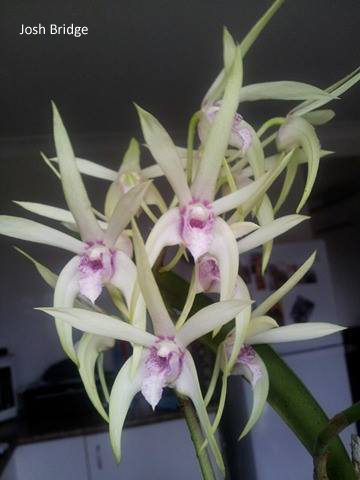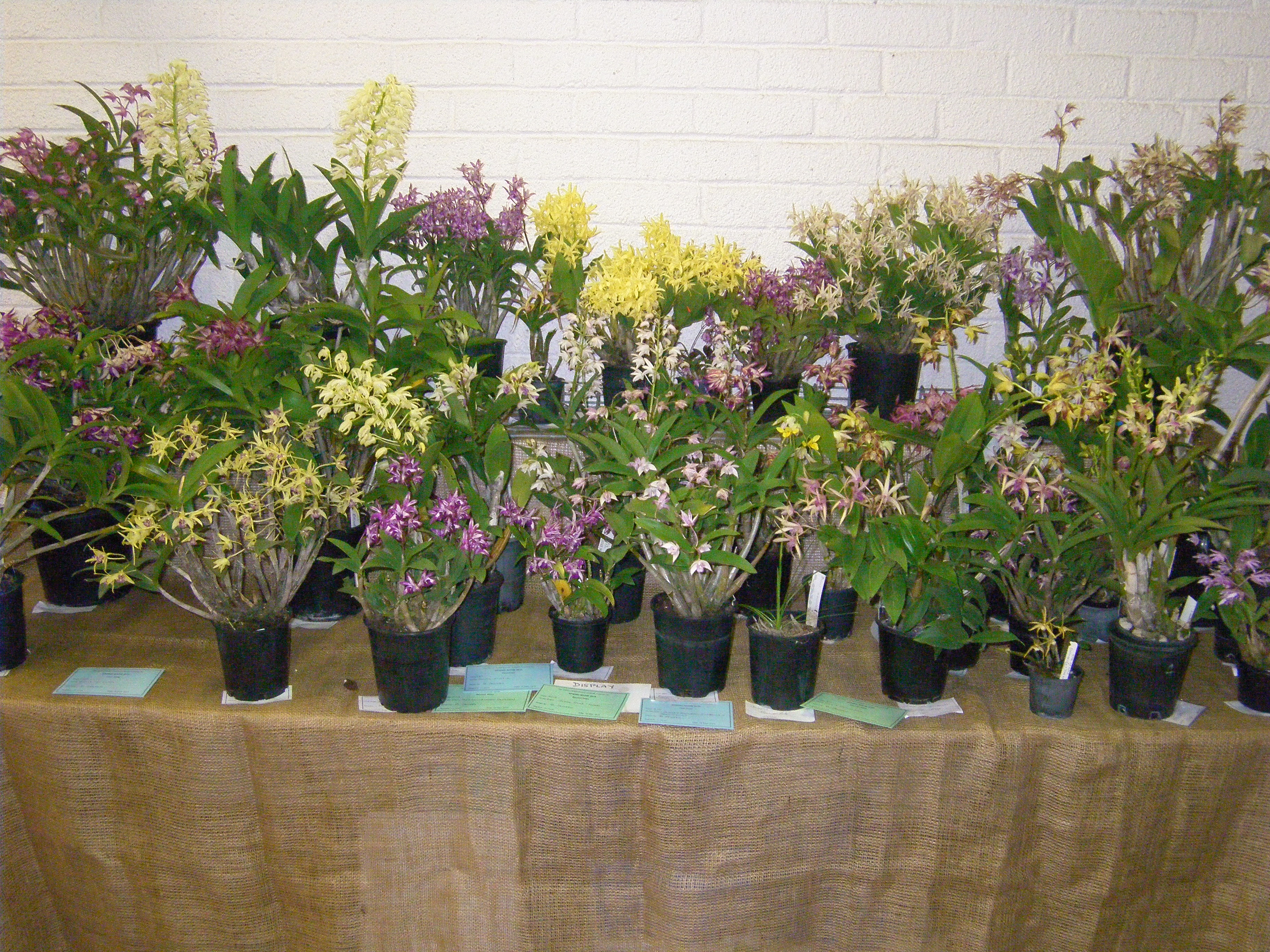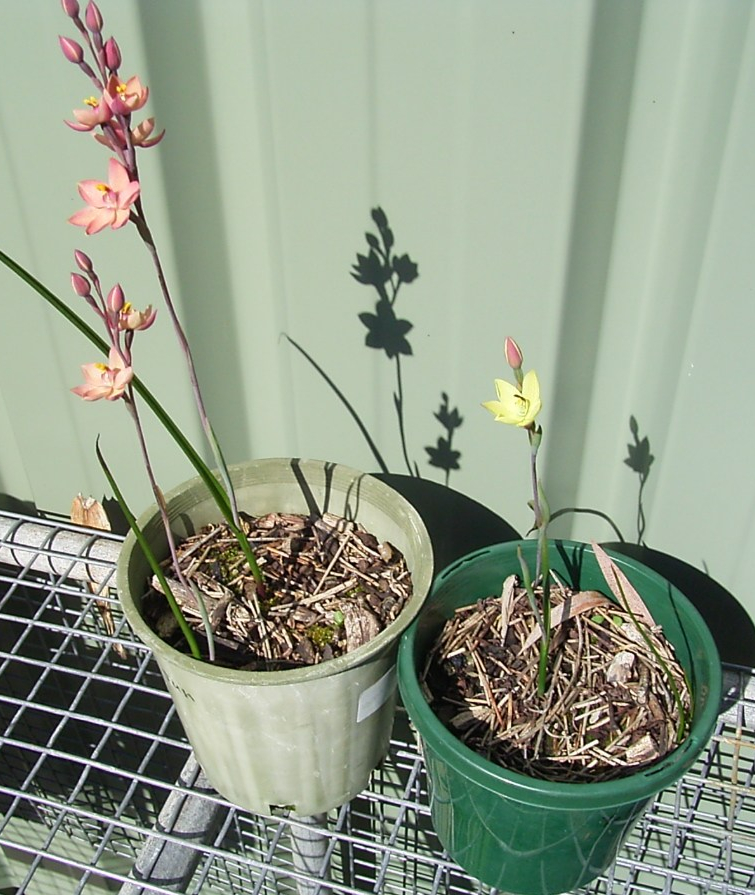With Spring on the way, things are starting to change in the Orchid House. Here are Les Nesbitt’ notes from the August Journal 2019 Vol 43 No 7
Terrestrial Culture – August
The days are getting longer now, noticeably so after the middle of the month. When the clouds clear, the sun is stronger & higher in the sky. Temperatures increase and growth speeds up. Lots of buds are developing so there is plenty to see in the orchid house. The greenhoods are a feature with Pterostylis curta, nutans, pedunculata and their hybrids are all flowering.
Pests become more active. Look out for aphids on flower stems. Depending on the season deflasking can start after the middle of the month if a sunny and dry Spring is forecast, otherwise wait until September.
The NOSSA Spring show is only a month away. Start preparing your specimen pots for the display. Any spare pots can be sold on the trading table. There are never enough terrestrials on the trading table at the show to meet the demand.
Photograph your orchids when the flowers are at peak condition. Then hand pollinate a flower or two to get seed for the NOSSA Propagation Workshop or for sowing around mother plants next autumn. Prepare two pots of each species, one for showing and one for seed.
How to hand pollinate.
Look closely at the flower column to see the positions of the pollen and the stigmatic surface. Flowers can be self-pollinated if there is only one. Fatter pods with more viable seeds result if two plants of the same species are cross pollinated. That is transfer the pollen from one flower to a flower on another plant. Cross pollination mixes the gene pool to prevent inbreeding. Use a toothpick or a she-oak needle to touch the pollen which will stick to the wood. Wipe the pollen across the stigmatic surface of the other flower and the job is done.
If pollination is successful, the flower will collapse in a few days and the ovary will start to swell. For greenhoods the stigmatic surface is halfway up the front of the column. Remove the front of the flower and the lip so you can see what you are doing. Greenhoods have yellow pollen. For Diuris and Thelymitra the white pollen is hidden behind the sticky stigma. Caladenia have yellow pollen under flaps at the top of the column. Stroke upwards to open the flaps as would an insect backing out of the flower. The stigma is a hollow sticky depression just below the pollen. You will have to tip the flower right back to see it.















